Read-along – Thin Man (2 of 3)
Chapters 14-24 – and Lillian Hellman
The plot thickens . . . How did you find the central chapters of The Thin Man? Here are my thoughts:
I look forward to discussing the last section of the book next week!
On the excellent suggestion of
, this week I’m sharing a little more information about Lillian Hellman (1905-1984), the dedicatee of The Thin Man and Hammett’s model for Nora Charles.Lillian Florence Hellmann was born in New Orleans. She studied in New York and married the playwright Arthur Kober on New Year’s Eve, 1925. The marriage was not happy, however, and Hellman left the country to continue studying in Germany, until rising antisemitism forced her to return to the USA. On her return she worked as a book reviewer and press agent and then a Hollywood script reader for MGM, where her boss described her as ‘a skinny, bony slip of a girl’.
In late 1930 or early 1931 she met Dashiell Hammett. ‘We met . . . in a restaurant in Hollywood,’ she recalled. ‘The five-day drunk had left the wonderful face looking rumpled, and the very tall thin figure was tired and sagged. We talked of T. S. Eliot . . . and then we sat in his car and talked at each other and over each other until it was daylight.’ She promptly divorced Kober and embarked on an on-off relationship with Hammett that lasted thirty years, until his death in 1961. He was ‘the most interesting man I ever met,’ she said.
It was meeting Hellman that inspired Hammett to start writing The Thin Man in 1932. ‘It was a happy day when I was given half the manuscript and told that I was Nora,’ Hellman wrote. ‘It was nice to be Nora, married to Nick Charles, maybe one of the few marriages in modern literature where the man and the woman like each other and have a fine time together. But I was soon put back in place – Hammett said I was also the silly girl in the book [Dorothy] and the villainess [Mimi]. I don’t know if he was joking.’
In the 1930s Hellman made her name as a playwright. She wrote eleven plays in total, the most successful of which were The Children’s Hour (1934), about a malicious child who lies about her schoolteachers, and The Little Foxes (1939), about a family’s ruthless exploitation of their neighbours. Both were made into Hollywood films, starring Audrey Hepburn (The Children’s Hour, 1961) and Bette Davis (The Little Foxes, 1941).
In 1935 Hellmann joined the left-leaning League of American Writers and in 1938, briefly, the Communist Party. When she was later called before the House Committee on Un-American Activities in 1952, she refused to provide them with names and as a result she was blacklisted by Hollywood for ten years – as was Hammett. She describes the experience in her memoir Scoundrel Time.
After Hammett’s death, Hellman focussed primarily on writing her reminiscences. She published An Unfinished Woman in 1969, Pentimento in 1973 and Maybe in 1980.
The Oscar-winning film Julia was released in 1977, based on a chapter of Pentimento in which Hellman describes her relationship with a courageous woman who fought against Nazism in 1930s Germany. It stars Jane Fonda as Hellman, Vanessa Redgrave as Julia and Jason Robards as Hammett.
The real-life model for Julia, however, subsequently denied knowing Hellman and in 1979, on The Dick Cavett Show, the British writer Mary McCarthy said of Hellman that ‘every word she writes is a lie, including “and” and “the”.’
In response Hellman filed a $2,500,000 defamation suit against McCarthy. McCarthy produced evidence to back her claims and the pair became locked in a legal battle until 1984, when Hellman died of a heart attack at her home in Martha’s Vineyard.
In 1999, Kathy Bates directed the TV film Dash and Lilly about the relationship between Hellman and Hammett, starring Sam Shepard and Judy Davis.
And in 2002, Nora Ephron wrote the musical play Imaginary Friends about Hellman’s feud with McCarthy. The pair meet again in hell and reminisce about their lives. Hellman accuses McCarthy of representing fact as fiction, while McCarthy insists that Hellman presented fiction as fact.
If you’re not reading The Thin Man, you can choose to opt out of our Dashiell Hammett conversation. Just follow this link to your settings and, under Notifications, slide the toggle next to ‘The Thin Man’. A grey toggle means you will not receive emails relating to this title.



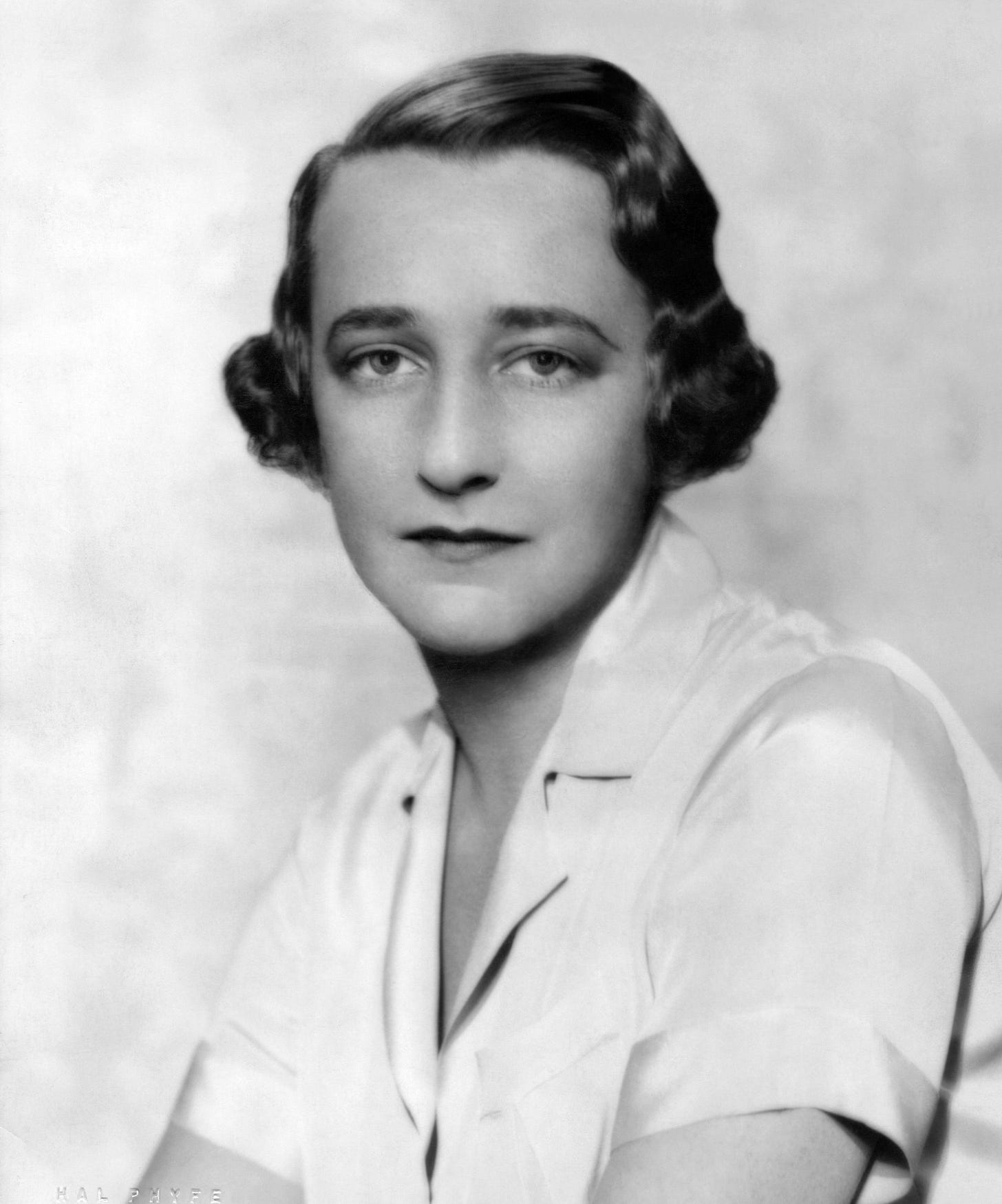


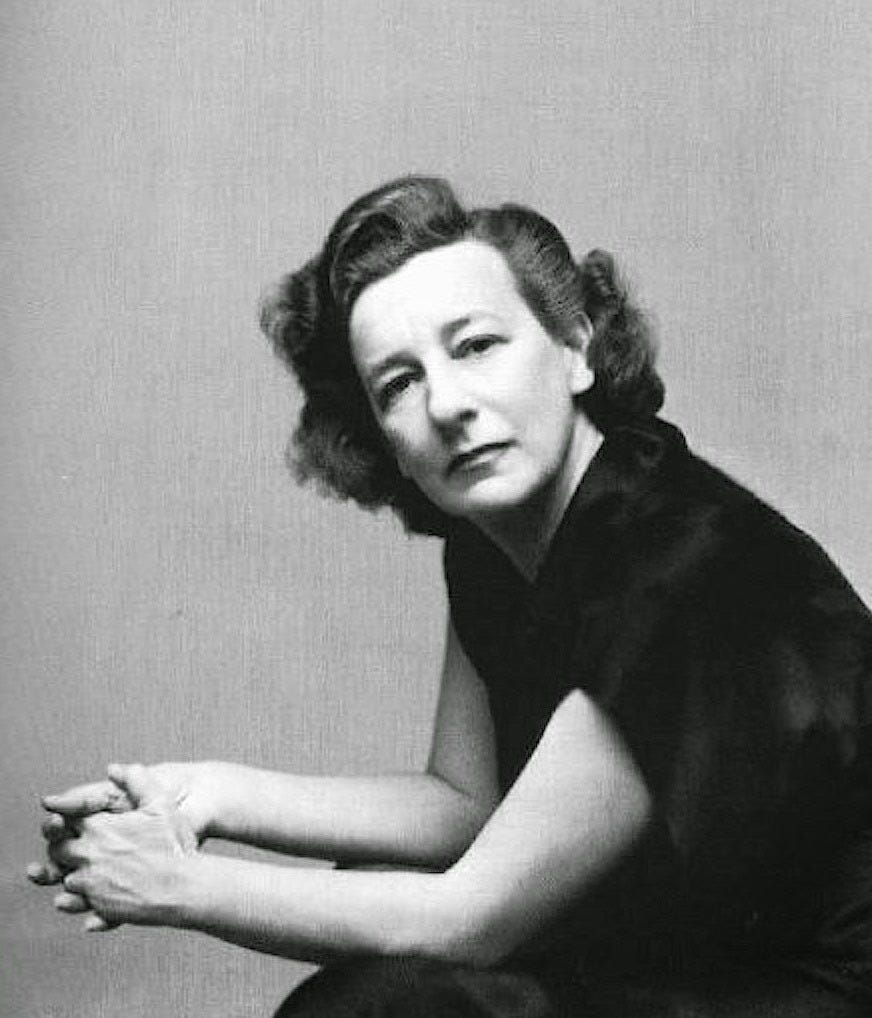
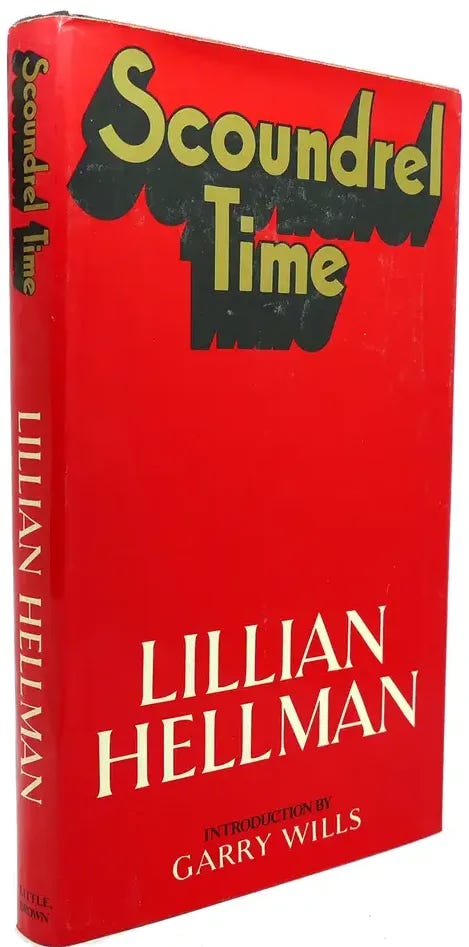
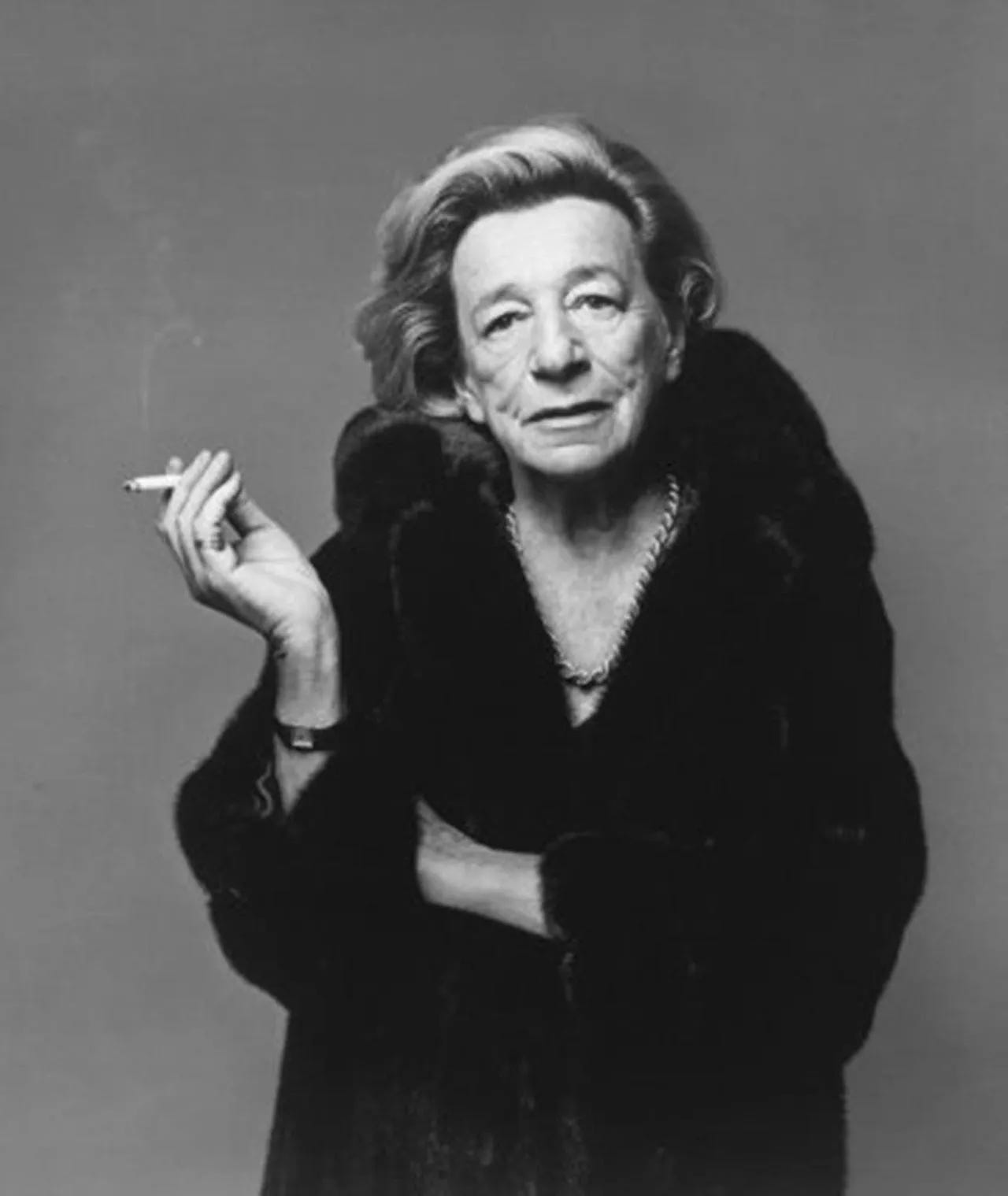
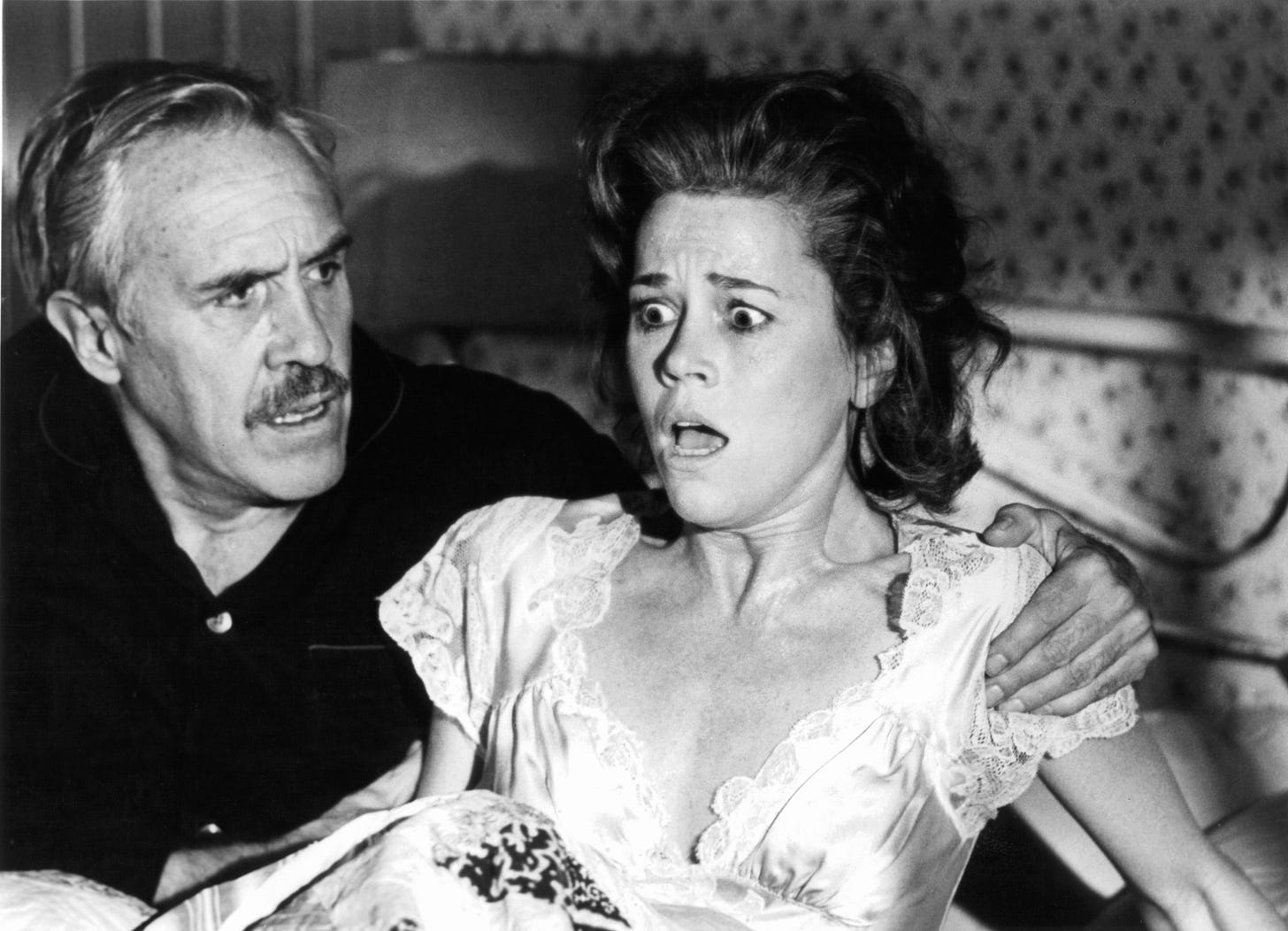

Thank you so much, Henry, for this post. I've been having trouble reconciling the real-life inspiration with the fictional character.
I first became a fan of Lillian Hellman with Scoundrel Time, which was mean and tough and unvarnished. She had lots of enemies. She cultivated them. By the time I knew who she was, she was having her Fran Liebowitz moment -- the Fabulous Cranky Wit.
How could this mean, tough woman have been Hammett's inspiration for frothy Nora? Even in the early years of their relationship, there were demons. Health. Money. ALCOHOL.
So how does Hammett create Nora out of Lillian? As a young woman, Hellman was sharp and witty -- a fascinating challenge and an equal partner. So was Nora. Like Nick and Nora, Hammett and Hellman were intellectual equals, and they showed that side of themselves to the New York smart set nearly every night. The relationship in The Thin Man may be light-hearted, but it's rooted in the real couple's fierce loyalty.
Lillian's work was fierce, too. By all accounts, Hammett helped her launch her Broadway career with sharp advice about her plays. It seems he decided to turn The Thin Man into a sparkling cocktail and save his demons for guiding Lillian's work.
Nora is fun and smart. Hellman was -- for much of her of her life and career -- mean and smart. It's still hard to reconcile Nora and Asta with cranky Hellman and her furs. But then I look at her through Hammett's eyes -- the blazingly bright young woman about to have New York at her feet -- the young woman Hammett loved. And I look at the parts of Hammett he wanted to hide. And that's when I understand the creation of Nora.
I associate Lillian Hellmann with "I cannot and will not cut my conscience to fit this year's fashion." It's an excellent bit of phrasing, but I'm not sure how well it represents Hellmann - especially in relation to HUAC. 'Little Foxes' is on in London at the moment. I'm not sure that it's my sort of play, but could be worth a visit.
'The Thin Man', however, is exactly my sort of thing. The plot bears comparison with 'The Maltese Falcon' which also runs along at speed so you don't notice the cracks.
In the sequence where Nick puts Quinn to bed, I was rather taken by the way he consistently rtefers to Quinn as "it". And Alice's comment "I can remember when he had muscles" tells us so much about both of them.
The idea of Hellmann being the model for several characters is interesting. Nora is the only female character who seems to come out of it well. She is clearly admired for her ability to hold her drink, but she is also one smart cookie - and totally unfazed by whatever happens to her.
The other female characters, though, seem to be unhinged (Dorothy and Mimi), dishonest (Dorothy, Mimi and Julia [or whatever name she is going under]), money-grabbing (Julia, Mimi and Alice) and generally untrustworthy. Is that Nick's view or Hammett's?
Whatever else it is, it's a page turner.
(I noticed that there are a couple of Damon Runyon stories on BBC Radio 3 over Christmas. I think this may have whetted my appetite for a bit of Runyon.